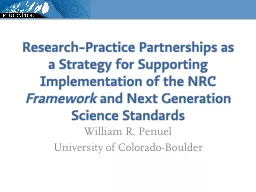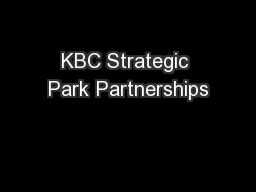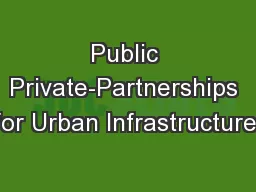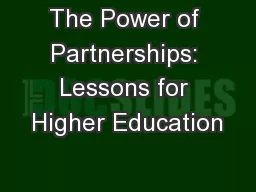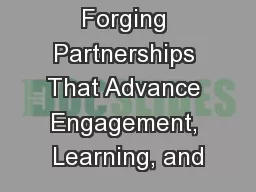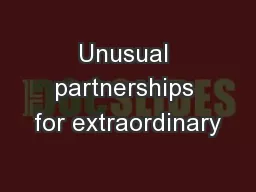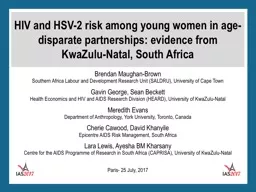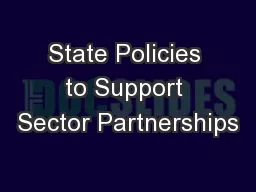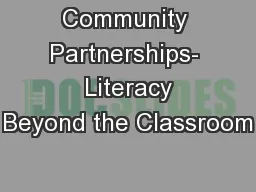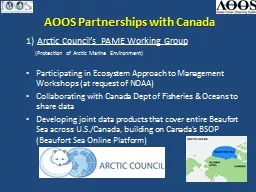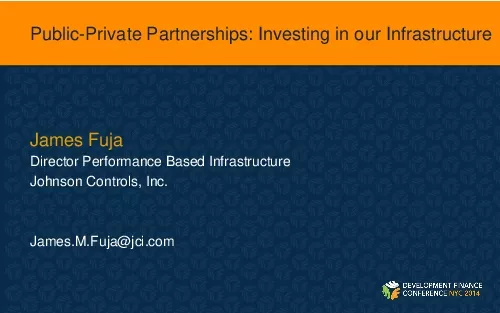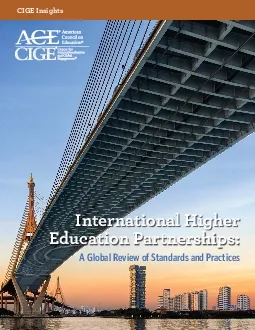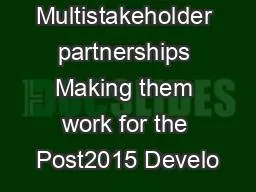PPT-Research-Practice Partnerships as a Strategy for Supporting Implementation of
Author : yoshiko-marsland | Published Date : 2018-03-08
the NRC Framework and Next Generation Science Standards William R Penuel University of ColoradoBoulder Meet the Teachers of Downton Meet the Teachers of Downton
Presentation Embed Code
Download Presentation
Download Presentation The PPT/PDF document "Research-Practice Partnerships as a Stra..." is the property of its rightful owner. Permission is granted to download and print the materials on this website for personal, non-commercial use only, and to display it on your personal computer provided you do not modify the materials and that you retain all copyright notices contained in the materials. By downloading content from our website, you accept the terms of this agreement.
Research-Practice Partnerships as a Strategy for Supporting Implementation of: Transcript
Download Rules Of Document
"Research-Practice Partnerships as a Strategy for Supporting Implementation of"The content belongs to its owner. You may download and print it for personal use, without modification, and keep all copyright notices. By downloading, you agree to these terms.
Related Documents

